Tanzania, April 1 - 13, 2015

Tanzania, April 1 - 13, 2015

Tuesday 05 May 2015

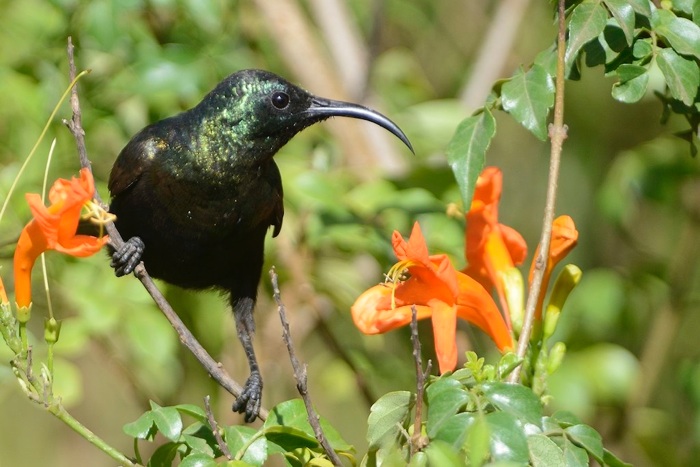
Bronzy Sunbird, Nectarina kilimensis
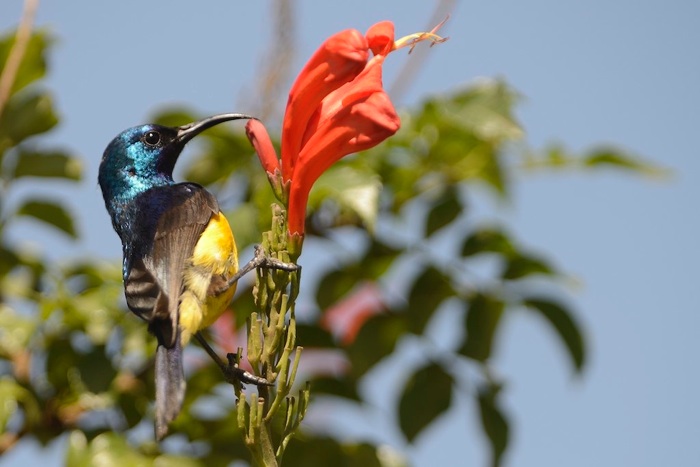
Variable Sunbird, Cinnyris venustus
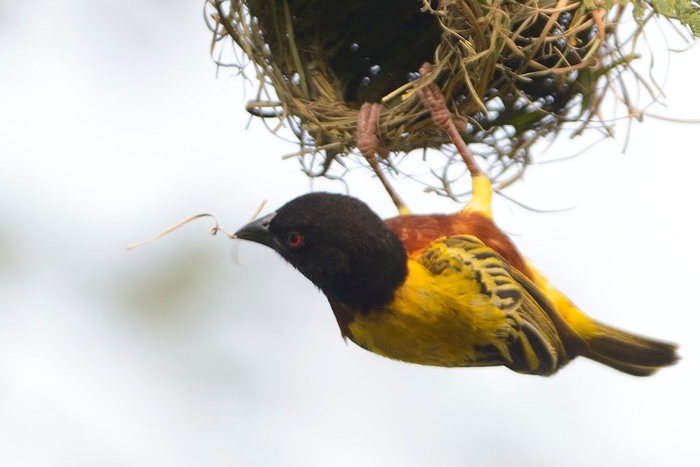
Golden-backed Weaver, Ploceus jacksoni
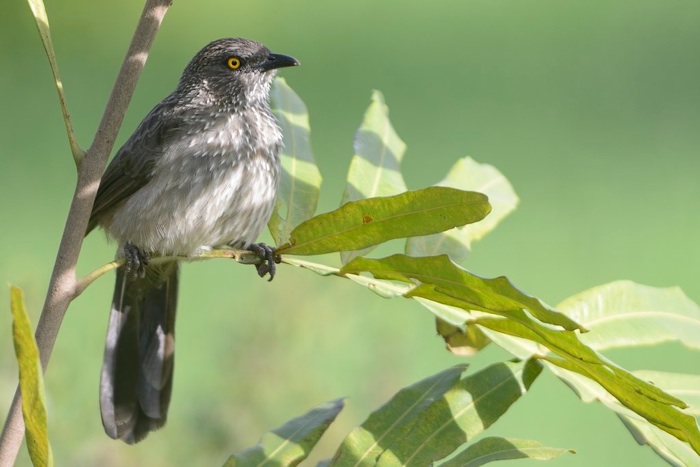
Arrow-marked Babbler, Turdoides jardineii
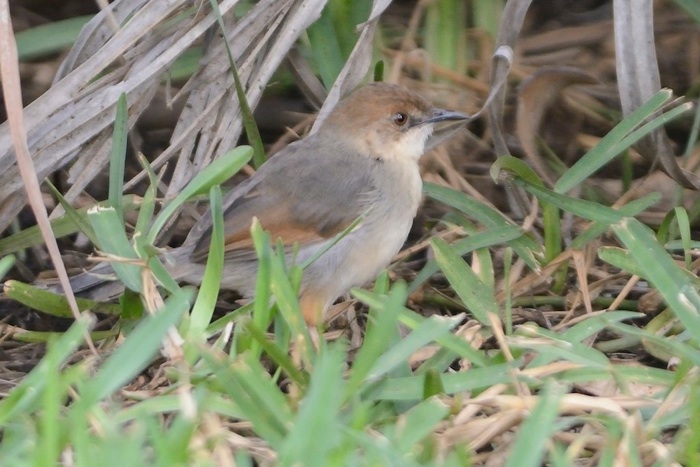
Singing Cisticola, Cisticola cantans
Day 2, April 2: Endikaret Lark Plains
We had booked Furaha Mbilinyi as our guide for the trip to Endikaret. We picked Furaha up on the way. We saw quite a few birds on the way to Endikaret but nothing special. Once there it took some time before Furaha managed to find where we were supposed to pay the entrance fee, so Florence and I started birding in the village. We got Kenya Rufous, Swahili and Chestnut Sparrows. Scarlet chested and a very confiding Beautiful Sunbird. We managed to pay our entrance fee and started driving slowly on the way inside the Larke Plains. The first bird of significance was a single Athi Short-toed Lark (lifer). Rufous-naped and Red-capped Larks were numerous. We soon met up with our Masai guide Samuel. He took us for a walk and he very quickly found us some Beesley`s Larks (lifer). They proved to be very hard to get close too so we followed a group for quite a while until we in the end managed to get some half decent pictures. Samuel told me that they estimated that there were only around 60 of these Larks in the area and the Larks Plains is the only area known to hold these birds. After bagging the Beesley`s we returned slowly to the car. On the way we saw a single Common Whitethroat. We drove on for a little while before we saw another Lark with a strange face pattern. This turned out to be a Short-toed Lark (lifer) and also a Foxy Lark (lifer). 4 Lark lifers in a couple of hours does not happen every day. We had one more to find, the White-tailed Lark, but this species eluded us. Following on we found a Crowned Plover on the nest. The sun was getting high in the sky now and we found some shade under a tree next to a little pool of water. We did some lazy birding under the tree for a while without getting anything out of the ordinary. Furaha told us there was a chance to find White-headed Mousebirds in the area, so we were soon in the car again. The first bird of notice were a Rosy-patched Bush-Shrike. Then a Isabeline Wheatear. Furaha knew I needed the Banded Parisoma (lifer) and he soon picked up the call. After some searching we found a pair of them. Then my first Willow Warbler for Tanzania. We drove on parked the car and went searching for the Mousebirds. We could not locate them, but found Eastern Chanting Goshawk, Brown Snake-Eagle, Buff-crested Buzzard, Dark-backed Weaver and another Foxy Lark. We returned to the car and on our way back to the main road we found another Rosy-patched Bush-Shrike and a tree containing both a Tawny and a Steppe Eagle. Then a Pygmy Falcon, Scarlet-chested Sunbird and more Isabeline Wheatears. We were soon back on the main road and the final bird we saw was a Common Rock-Thrush. We drove back to Arusha and did some shopping before we went back to the hotel. We accidentally bumped into Paul Olivier in front of the shopping center in town. Once back at the hotel, we relaxed by the pool. Florence managed to find a Eurasian Blackcap in the garden. This would have been an African lifer for me, but I did not see it.. Besides that nothing new to find in the hotel garden that day.Not a bad day at all, I picked up a total of 5 lifers and many new birds for my Tanzanian list.
Some Pictures from Day 2:
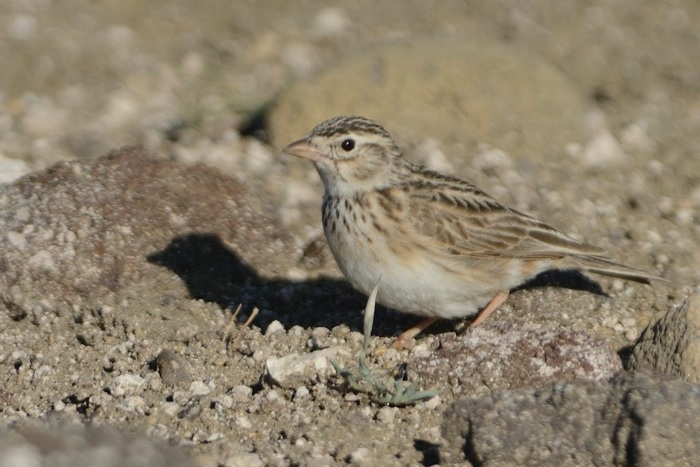
Athi Short-toed Lark, Calandrella somalica - Endemic to S Kenya and N Tanzania- Lifer
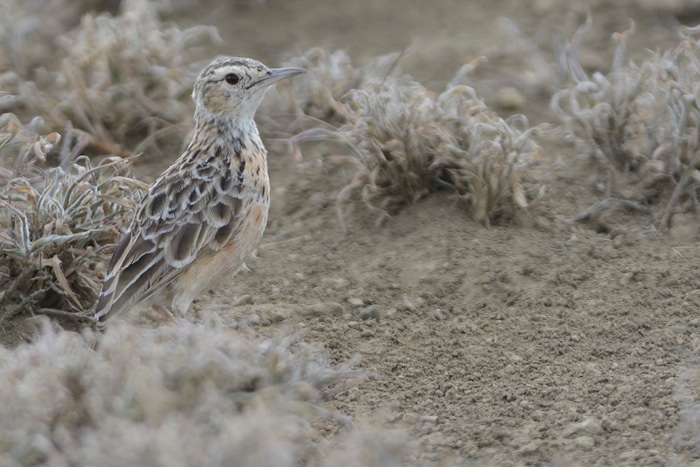
Beesley´s Lark, Chersomanes beesleyi - Endemic to a small area west of Kilimanjaro Tanzania - Lifer
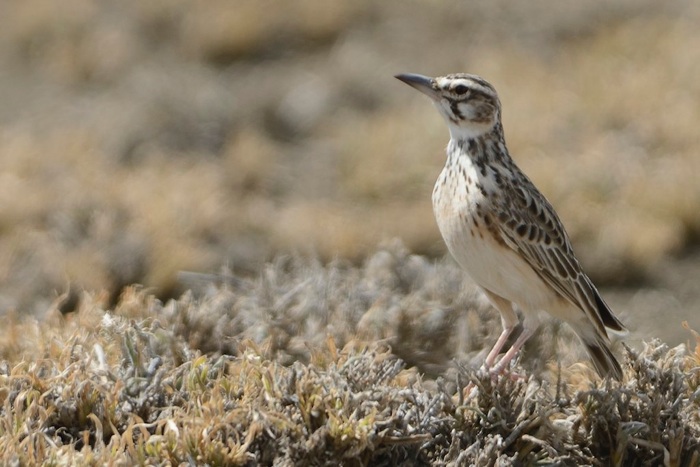
Short-tailed Lark, Pseudalaemon fremantlii - Endemic to NE Africa - Lifer
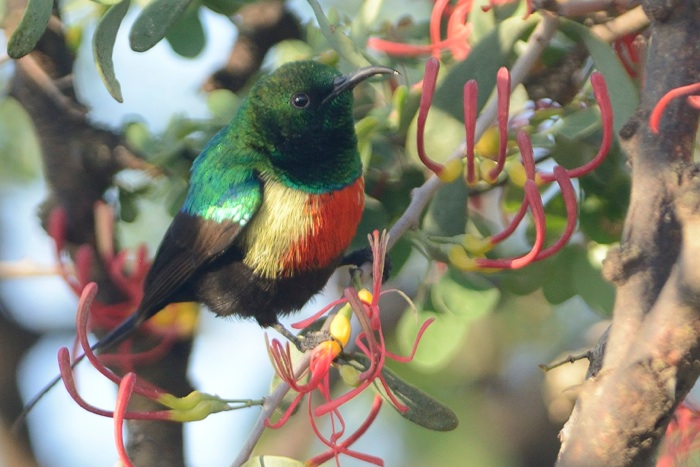
Beautiful Sunbord, Cinnyris pulchellus
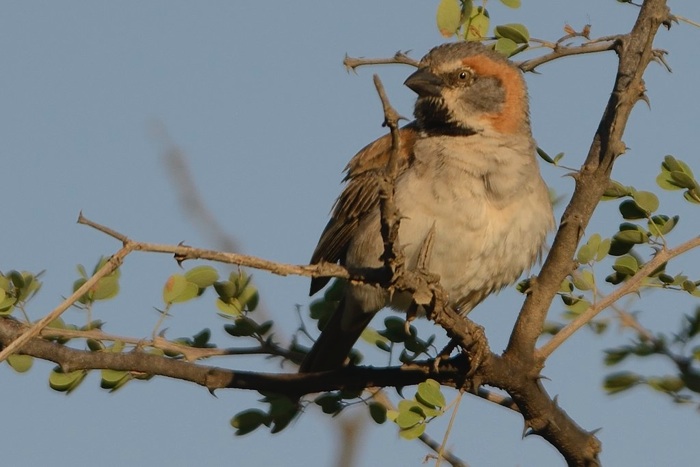
Kenya Rufous Sparrow, Passer Rufocinctus, Endemic to Kenya and Tanzania
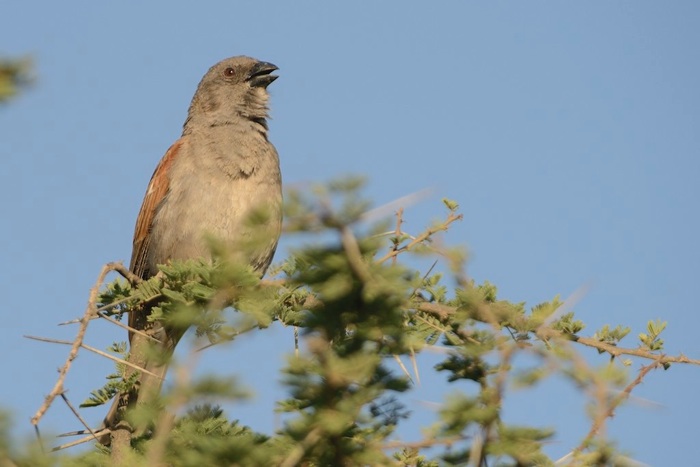
Swahili Sparrow, Passer suahelicus
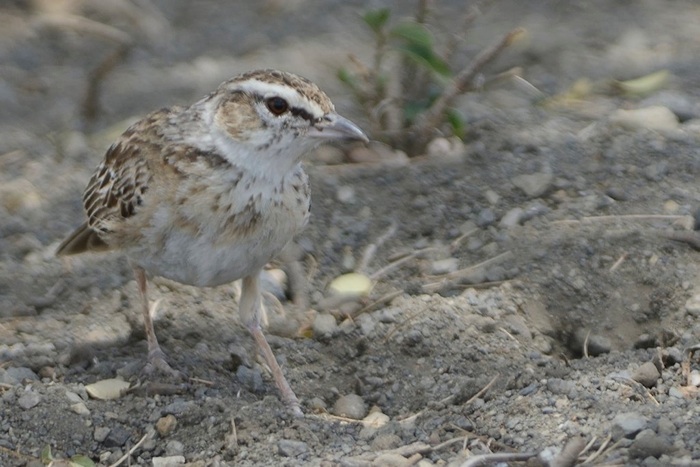
Foxy Lark, Calendulauda alopex - Endemic to NE Africa - Lifer
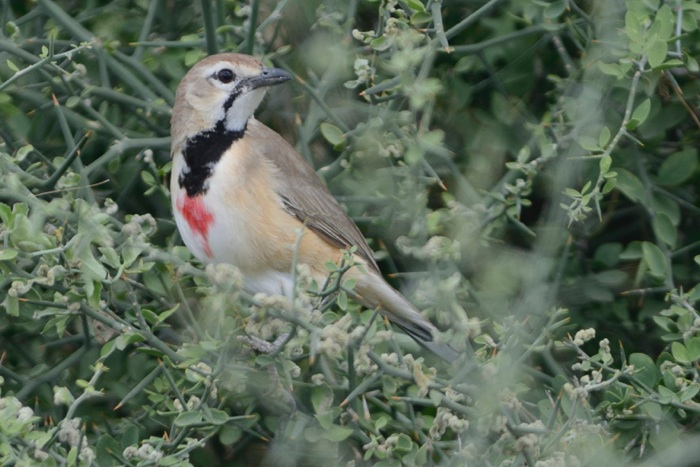
Rosy-patched Bush-Shrike, Rhodophoneus cruentus - Endemic to NE Africa
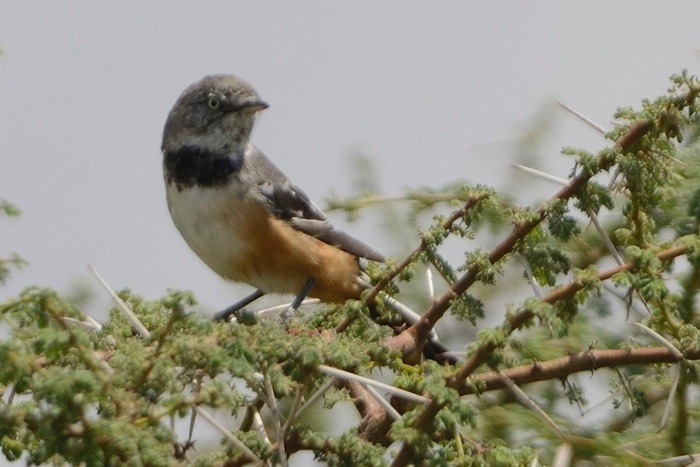
Banded Parisoma, Sylvia boehmi - Endemic to NE Africa - Lifer
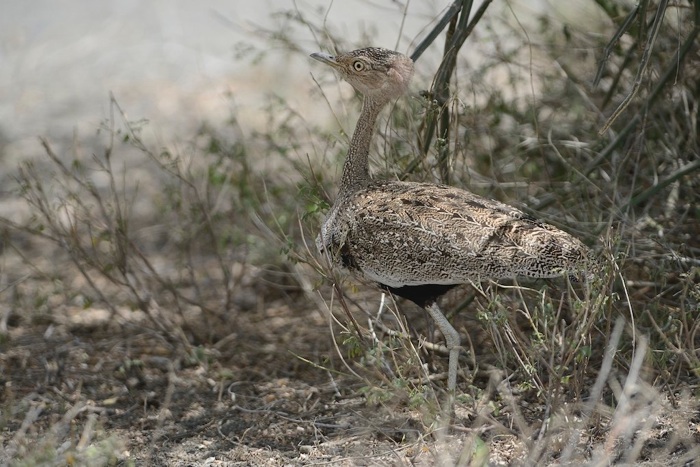
Buff-crested Bustard, Lophotis gindiana - Endemic to NE Africa
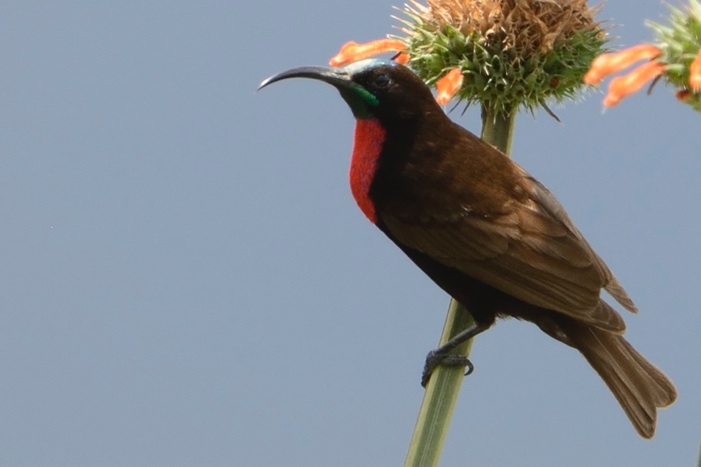
Scarlet-chested Sunbird - Chalcomitra senegalensis
Day 3, April 3: Arusha National Park
We had an early start and agreed to meet Furaha at 6:30. Unfortunately he was 45 minutes late. At any rate, we set out for Arusha NP. Florence and I had visited the park before, but still had some birds to collect there. It was overcast and the light were not good. It was also quiet slow birding. We picked up Common Stonechat, Dark-capped Yellow-Warbler, White-eyed Slaty Flycatcher, before we found a bird party. In the party we found White-starred Robin, White-eared Barbet, Chinspot Batis and Moustached Tinkerbird. We drove on and connected with a Spotted Flycatcher. Furaha asked the guards at the gate and we got permission to go up the slope of Mount Meru. We did not see much on the flat section but once we started climbing Furaha found a Bar-tailed Trogon. It was sitting very bad and did not allow for any pictures. We kep on upwards and were soon at the nig fig tree. Our target there were the Red-fronted Parrots, but they were not home. Further up the slope we found a flock of Montane White-eyes. After a while we decided to turn back and on our way down Furaha found another Bar-tailed Trogon (lifer). This one nicely perched allowing for his pictures to be taken. We went down Meru and back to the gate and headed towards the Momela lakes. We had a nicely displayed Brown-headed Kingfisher before we found a Short-tailed Cisticola. Next bird was a Winding Cisticola. We drove around the lakes and did not pick up much of interest except Trilling Cisticolas and a Claas Cuckoo. We headed towards the Ranger Post and found some Hildebrandt`s Spurfowls and a lonely Black Stork posing nicely for us. We headed up towards the Ngurduto Crater and found more Montane White-eyes, Black-fronted Bush-Shrike, Hartlaub`s Turaco and a African Dusky Flycatcher. On the way down, Furaha found an African Goshawk busy devouring a snake. Further down we connected with a couple of Cinnamon-breasted Bee-eaters. We drove up the other road on Ngurduto and Furaha and Florence saw a Grey-headed Nigrita. Florence even managed to get a picture. I did not see it because it was on the wrong side of the car. It had nesting materials in the bill and we found the nest, but the bird did not reappear. We had a Crowned Eagle soaring in the sky and saw more Harlaub`s Turaco. On the way down to the gate we stopped and took pictures of some Trilling Cisticolas. The last bird was a Tree Pipit. We were at the gate 5 minutes to 6. In other words we spent a full day in the park but it was a disappointedly slow day with only 1 lifer for me.
Some Pictures from Day 3:
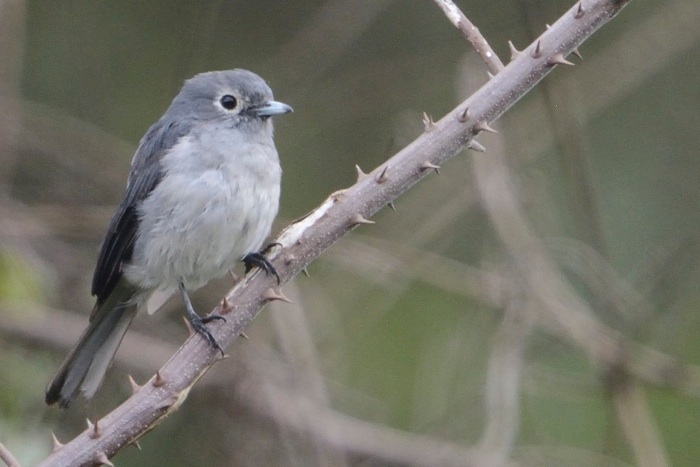
White-eyed Slaty Flycatcher, Diotrornis fischeri - Endemic to E and C Africa
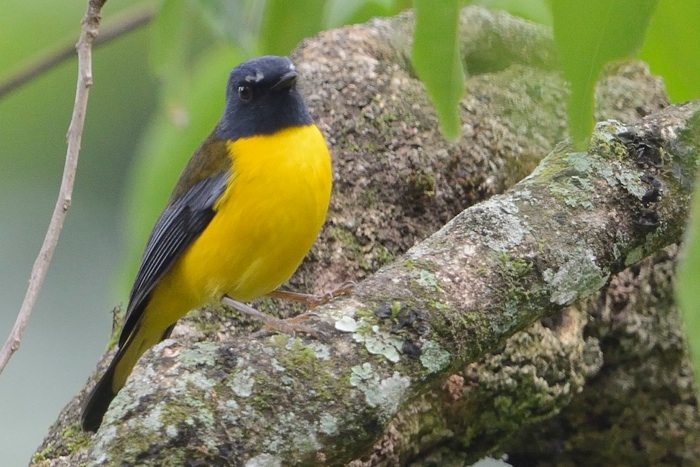
White-starred Robin - Pogonocichla stellata
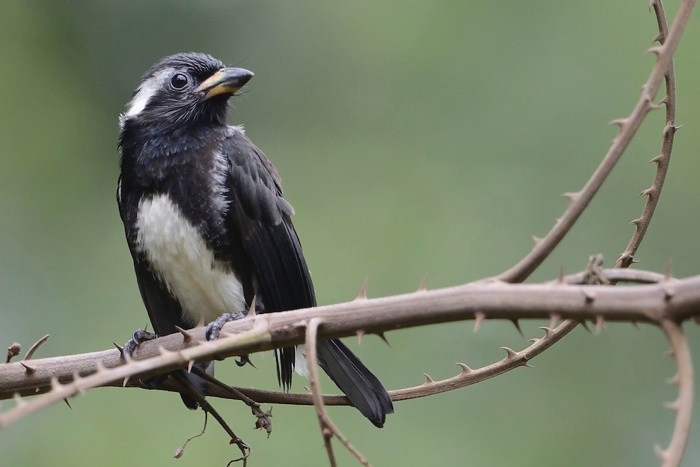
White-eared Barbet, Stactolaema leucotis
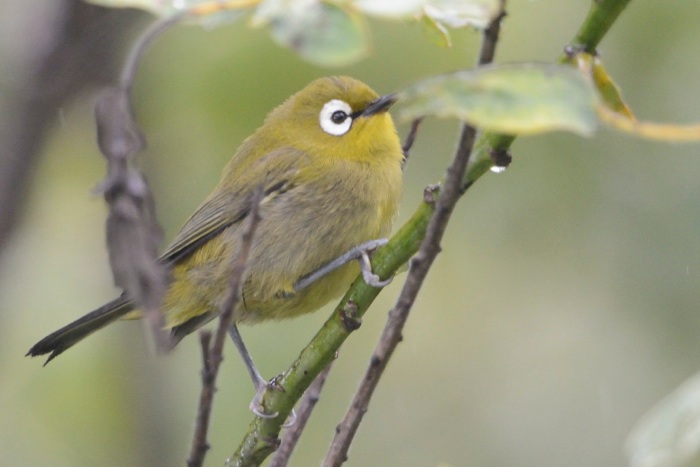
Montane White-eye, Zosterops poliogastrus - Endemic to NE Africa
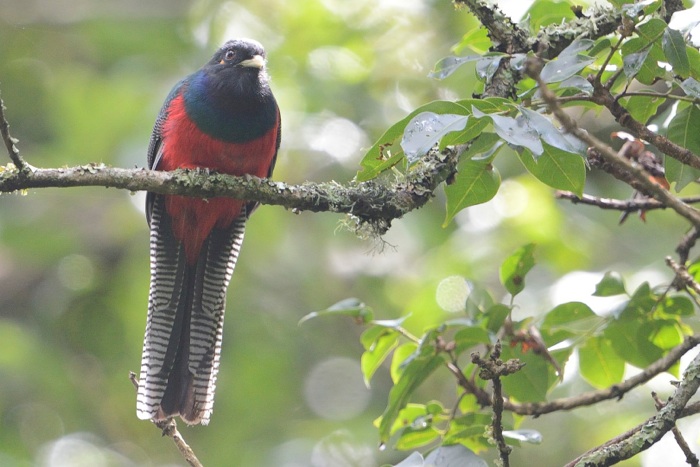
Bar-tailed Trogon, Apaloderma vittatum - Lifer
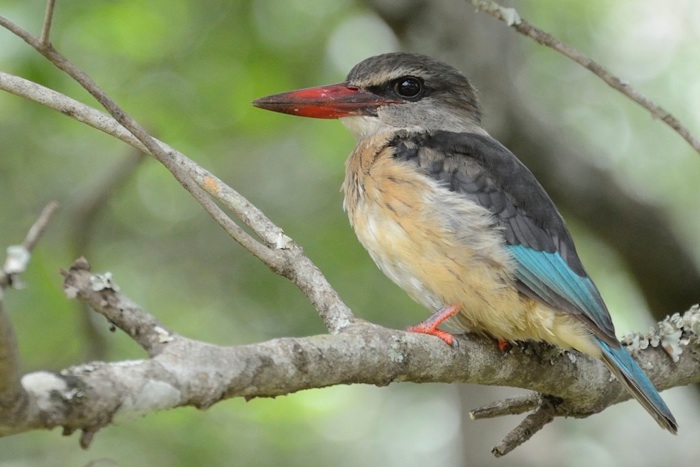
Brown-hooded Kingfisher, Halcion albiventris
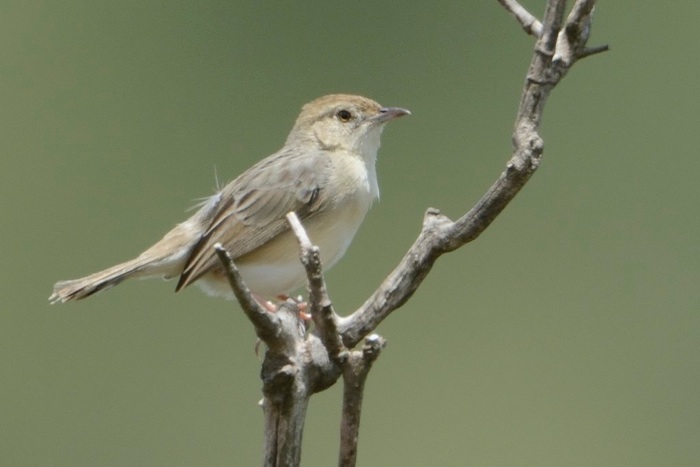
Short-winged Cisticola, Cisticola brachypterus
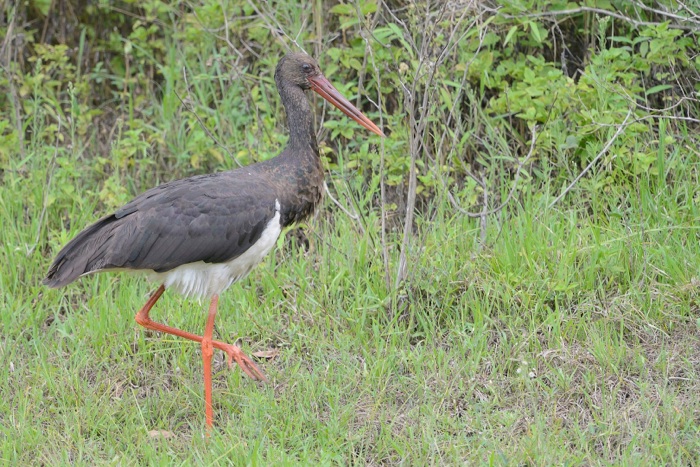
Black Stork, Ciconia nigra
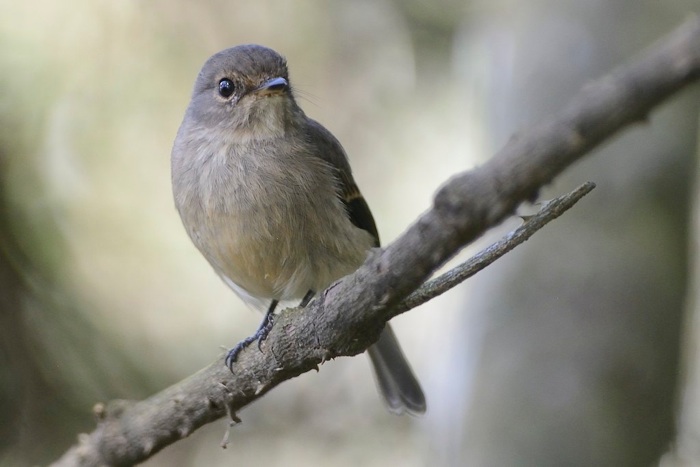
African Dusky Flycatcher, Muscicapa adusta
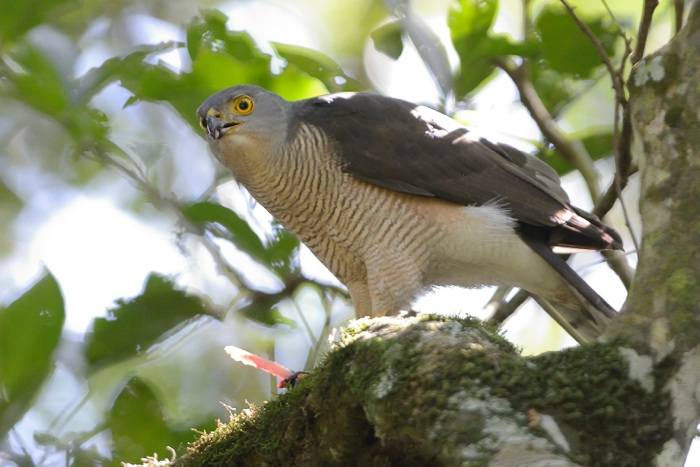
African Goshawk, Accipiter tachiro
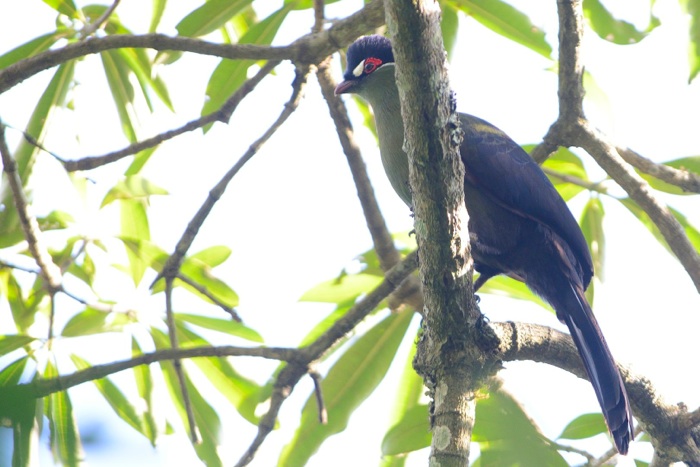
Hartlaub`s Turaco, Tauraco Hartlaubi - Endemic to E Africa
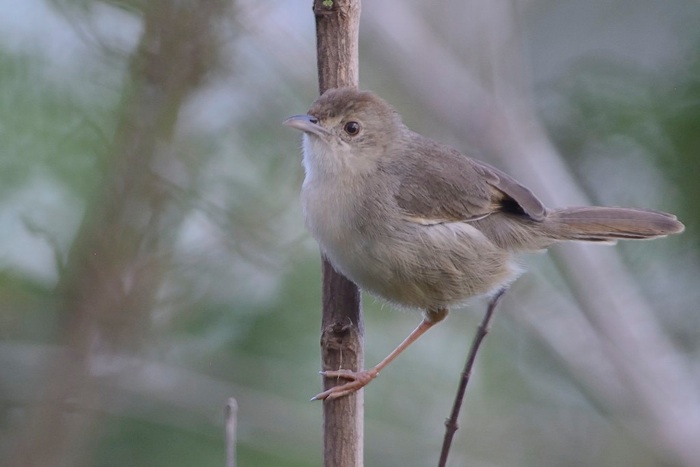
Trilling Cisticola, Cisticola woosnami
Day 4, April 4: Arusha - Serena Ngorongoro Lodge
We slept in a little later this day. The trip went quite swift only a small stop in Karatu to get our temporary passes for the Ngorongoro Conservation Area and fill up petrol. Once inside the park, it was mid day and overcast. We did not see many birds on the way: Schalow´s Turaco, Hunter`s Cisticola (lifer), White-eyed Slaty Flycatcher, and Thick-billed Seed-eater (lifer). We had a nice lunch at the lodge and the plan was to bird on the lodge ground in the afternoon. Unfortunately it started raining and the rain kept up until the darkness fell. This lead to no afternoon birding.
Some Pictures from Day 4:
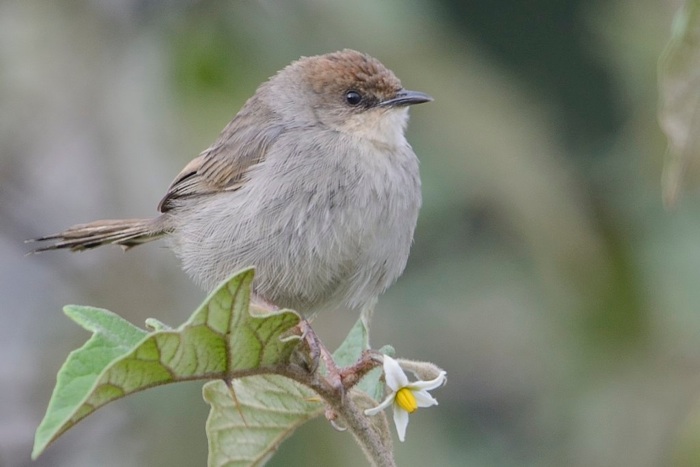
Hunter´s Cisticola, Cisticola hunteri - Endemic to E Africa - Lifer
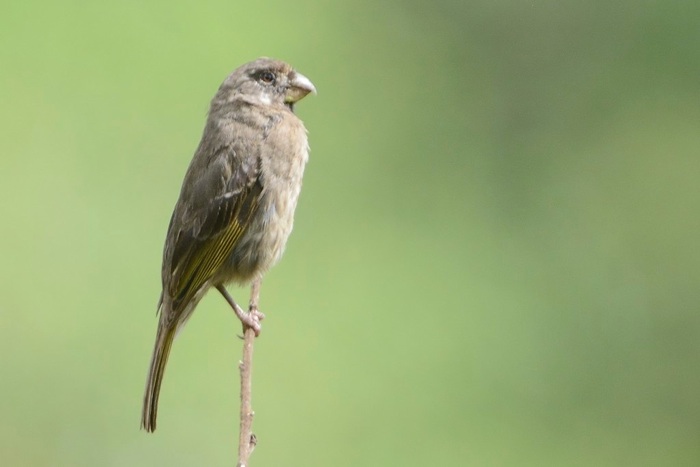
Thick-billed Seed-eater, Crithagra burtoni - Lifer
Day 5, April 5: Ngorongoro Crater
We had an early start this morning. We were both very exited to go into the famous crater for the first time. We were at the gate at 06:30 and it was still dark. After checking in at the gate, we started to descend slowly towards the crater floor. The first bird to be seen were a colony of Anteater Chats. Just when we came to the Crater Floor, we witnessed a Tawny Eagle take a Abdim´s Stork in flight. They both went to the ground. The Eagle had a mate that finished the kill. This was an amazing sighting. Rufous-naped Larks were numerous. We could hear their distinctive call everywhere. Another bird that was numerous were the Yellow Wagtail. We found quite a few subspecies of this bird both in the Crater and on the Crater Rim. We headed towards the small forest on the Crater floor and found a nicely perched African Pipit. Then we found the first pair of many Grey Crowned Cranes. Once inside the forest I saw several Dusky Turtle Doves, but did not manage to get a picture. We had a Hildebrandt?s Spurfowl cross the road. Then a Winding Cisticola, before we came to a small stream. In the stream I found a Green Sandpiper. Just when I was going to take a picture it was flushed by another car. We often encountered other driver showing no respect when we had our lenses outside the windows of the car. I have a theory that many professional drivers/guides do not like people driving themselves, or birders for that sake. Florence spotted a Southern Citril before we found a nicely perched Mountain Grey Woodpecker. In the next tree we had a Cardinal Woodpecker. This one was also flushed by another driver. Rufous-tailed Weavers were out in abundance. We soon passed through the little forest and were again out on the plains. Spur-winged Geese and Egyptian Geese were numerous. Also a Plain-backed Pipit were posing nicely. We saw a nice body of water far out to our right, but it was too far for photography. We picked up Great White Pelican, African Spoonbill and Whiskered Terns. I think it is strange that none of the roads goes close to any of the lakes and ponds in the park? A Winding Cisticola put up a nice performance for us before we found an Acacia tree with nesting Speke´s Weavers. In front of us we had a traffic Jam due to a pack of Lions. People were shaking their heads when we drove straigh past the Lions. We saw a huge swarm of Abdim`s Storks in the air. They finally came down to the ground and we managed to get some pictures. More Cranes and Kori Bustards before we found a flock of Black-winged Lapwings. We spotted a couple of Black Rhinos out on the plains. We had soon crossed to the little river on the other side of the crater. We picked up a pair of African Black Ducks there. We decided to follow the tree line of the river and then we had a very nice experience. We found in more or less the same tree 5 Cuckoo´s. 2 Common, 2 Levailant´sand one Jacobin. Before we left the tree line we also found a European Roller. We were now heading for the Hippo pool and had a nice sighting of a Rosy-throated Longclaw. At the Hippo Pool there were another traffic jam. We focused on the dam away from the Hippos and found the following birds: Yellow-billed Stork, African Sacred Ibis, Purple Heron, Barn Swallows, Common Moorhen, Fan-tailed Widowbirds, Long-toed Lapwings, Glossy Ibis, African Fish Eagle, Great White Pelicans and a pair of Saddle-billed Storks in the distance. Having finished with the Hippo Pool, we drove towards the Ngoitokitok Springs Picnic Site to have our lunch. On the way, we picked up more Abdim´s Storks and Black-winged Lapwings. The rain started poring down heavely. At the picnic site we found African Darter, White-breasted Cormorants, African Jacana, Tree-banded Plover and a very wet Yellow-billed Kite. We were not the only one at the picnic site, there must have been more than one hundred Safari Vehicles there. Due to the rain, we had to eat our lunch inside the car. Lucky for us, the rain soon abated and we drove on. The diverity of birds were not very good out on the plains so we were now heading back towards the forest. We picked up a Black-bellied and a Kori Bustard on the way. Once back in the forest we found many wet birds: White-browed Robin-Chat, Augur and Steppe Buzzard and Woodland Kingfisher. The forest is very small so once on the other side we decided to turn and do the forest one more time. In the mean time there were a huge eruption of swarming insects and the birds could only open the bill to feed. Some Rufous-tailed Weavers proved to be expert in this. On the way back we found a Red-faced Crombec, Brown-crowned Tchagra before Florence saw a strange sunbird. I stopped and realized it was a female Golden-winged Sunbird, one of our target species. I was amased to see that even the Sunbird was feeding on the swarming insects. We took plenty of pictures of the female waiting for the male to make an appearance which he never did. We drove on and found a nicely perched Red-faced Cisticola. Red-rumped Swallows were collecting mud for the nests from the wet road. We crossed the small stream again and I manged to get a long distance picture of the Green Sandpiper. There were still swarming insects and we found a pair of Golden Weavers and Yellow Bishops foraging on the insects. It was now 4:30 PM and we decided to go out of the crater. We did not see many birds on the ascent, but once at the rim, we found plenty of Hunter´s Cisticolas and Yellow Wagtails. We soon returned to the lodge and settled in for the night.
Some Pictures from Day 5:
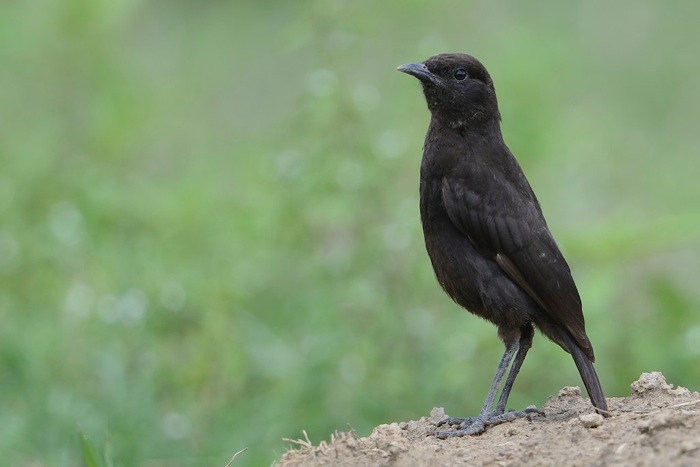
Anteater Chat, Myrmecocichla aethiops
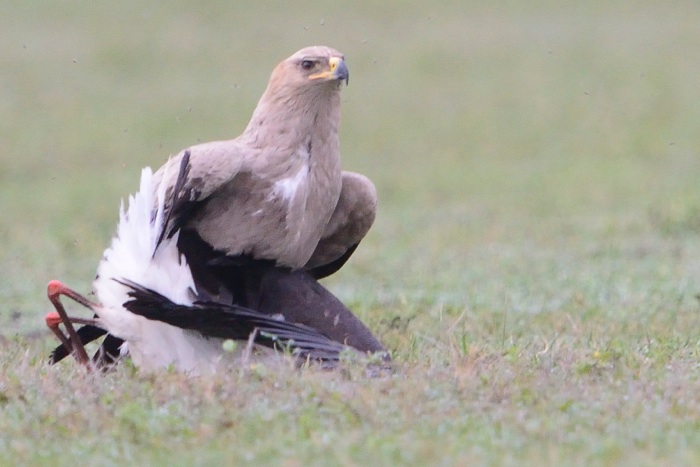
Tawny Eagle, Aquila rapax - On Abdim´s Stork kill
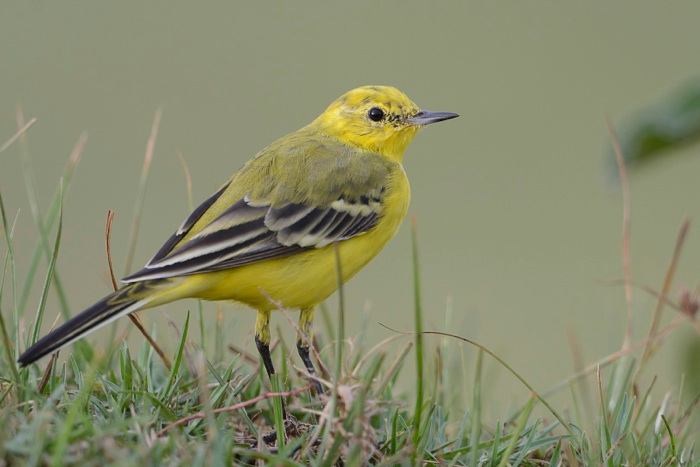
Yellow Wagtail, Motacilla flava - Lutea race
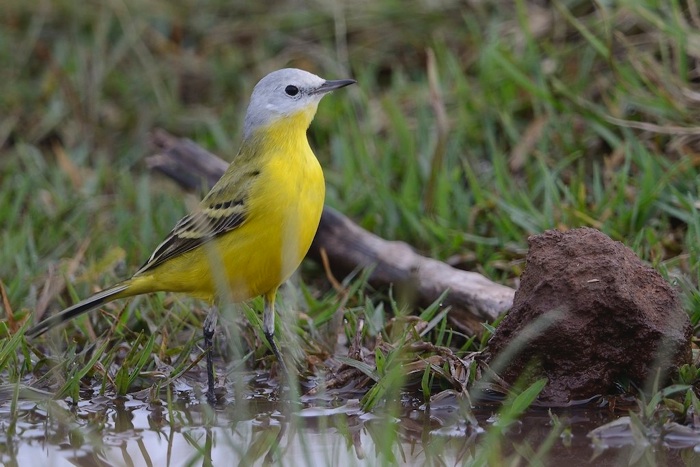
Yellow Wagtail, Motacilla flava - Leucocephala race
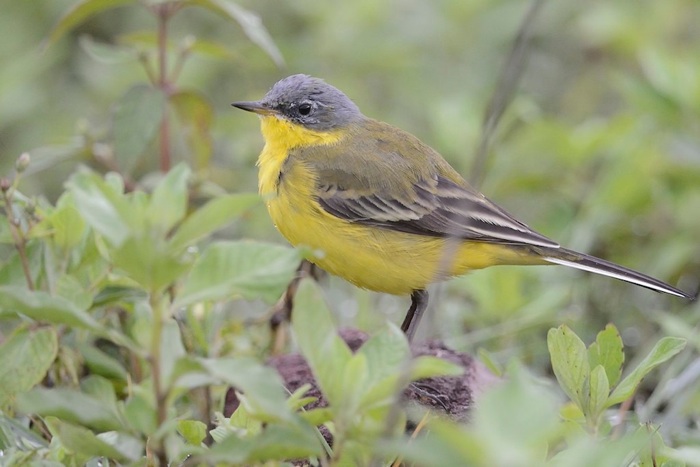
Yellow Wagtail, Motacilla flava - Thunbergi(?) race
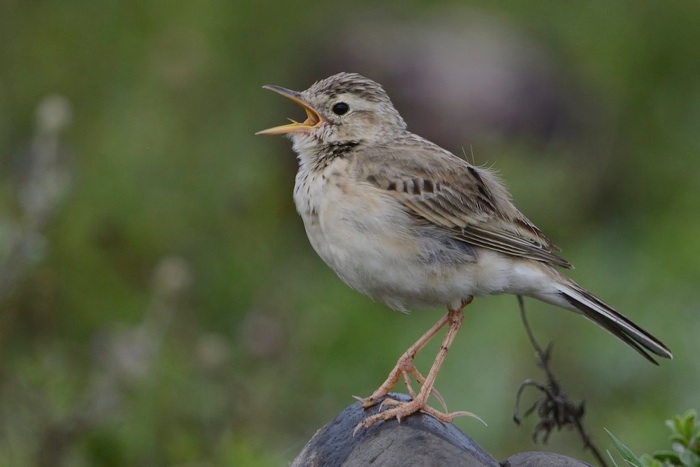
African Pipit, Anthus cinnamomeus
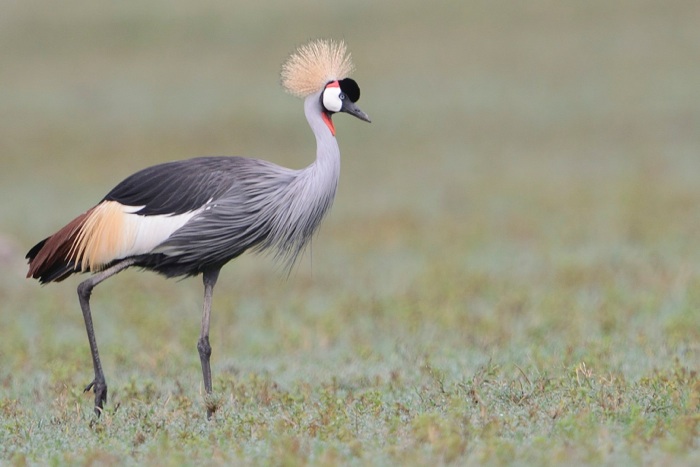
Grey-crowned Crane, Balearica regulorum
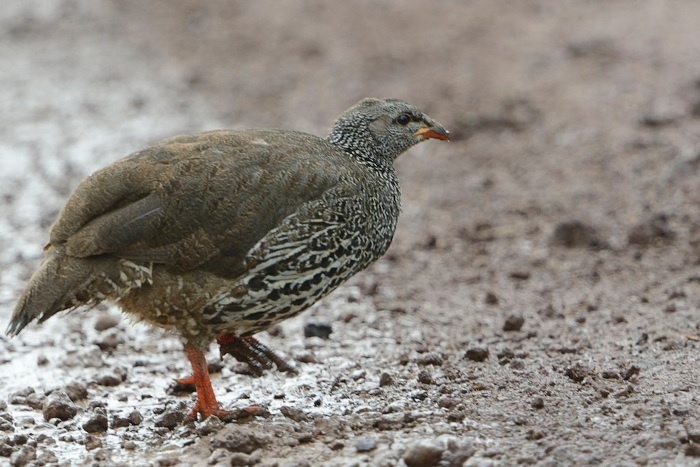
Hildebrandt´s Spurfowl, Pternistis hildebranti - Endemic to E Africa
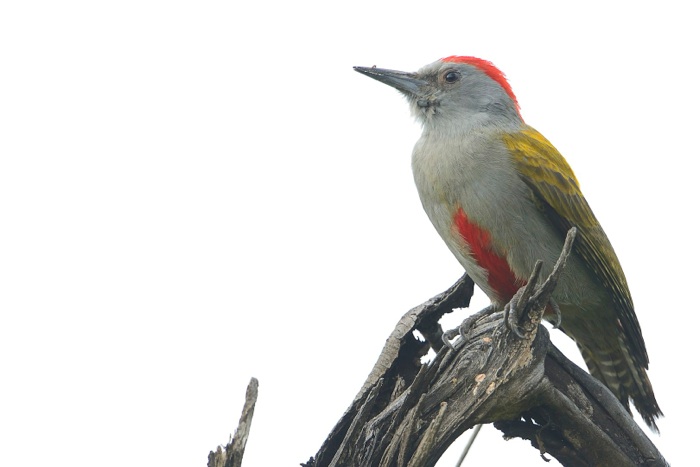
MountainGrey Woodpecker, Dendropicos spodosephalus - Endemic to E Africa
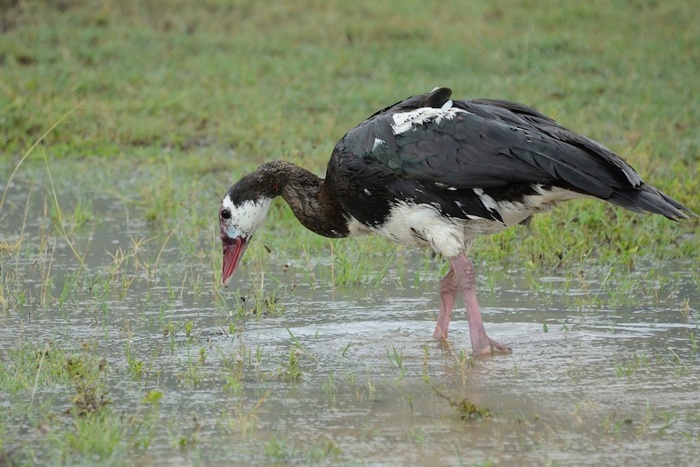
Spur-winged Goose, Plectropterus gambensis
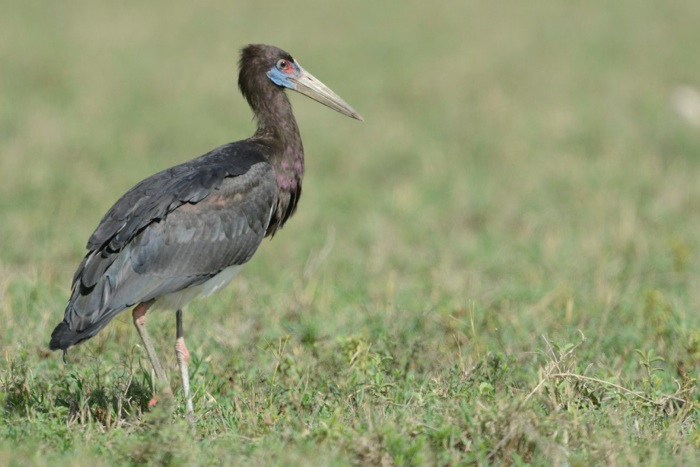
Abdim`s Stork, Ciconia abdimii
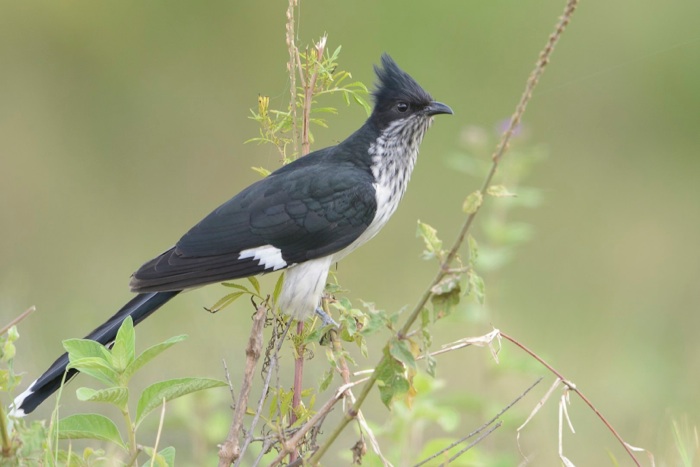
Leveillant`s Cuckoo, Clamator levaillantii
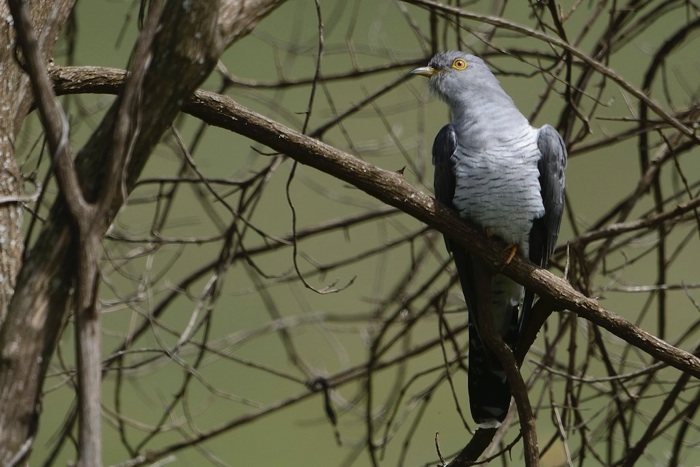
Common Cuckoo, Cuculus canorus
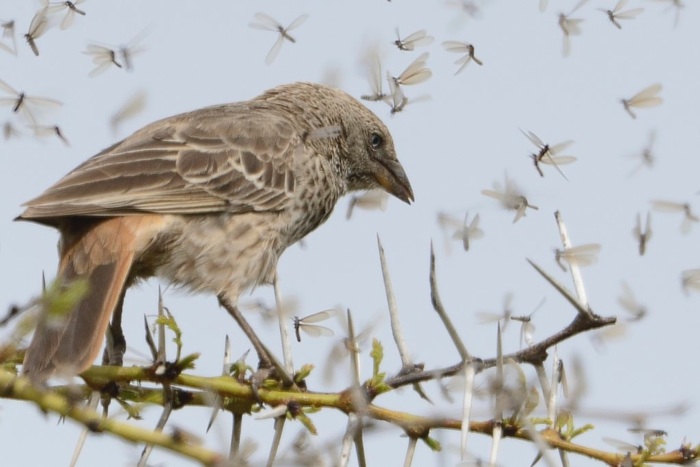
Rufous-tailed Weaver, Histurgops ruficauda - Endemic to N Tanzania
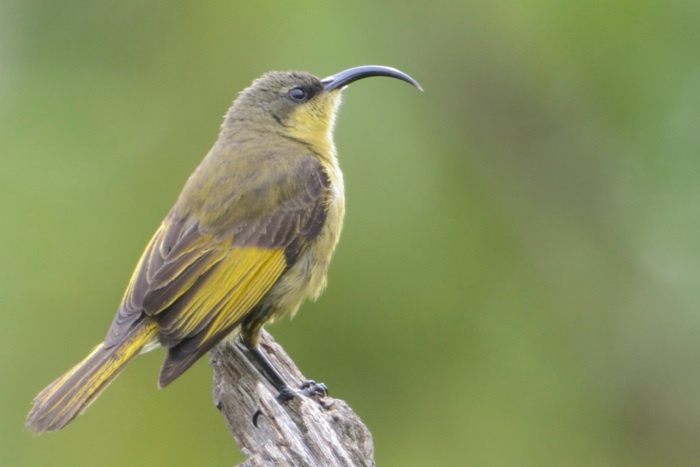
Golden-winged Sunbird, Drepanorhynchus reichenowi - Endemic to E Africa - Lifer
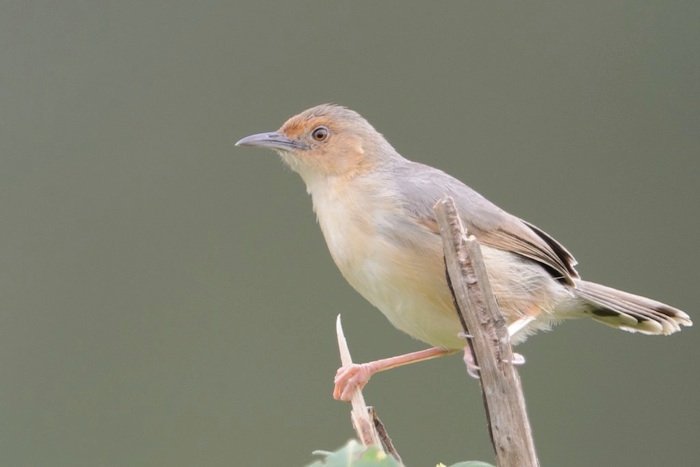
Red-faced Cisticola, Cisticola erythrops
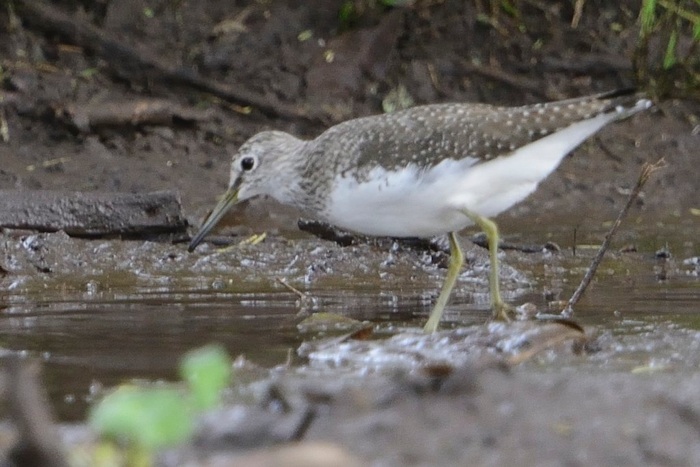
Green Sandpiper, Tringa ochropus
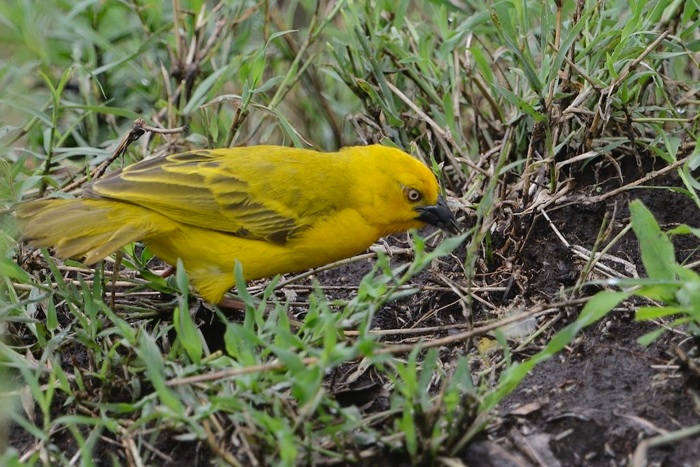
Golden Weaver, Ploceus xanthops
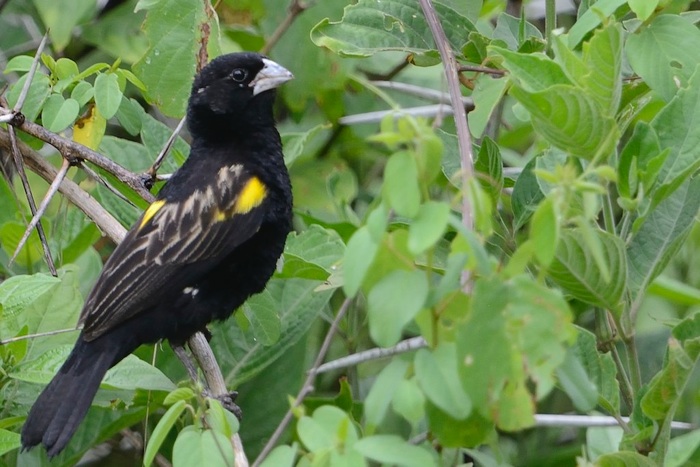
Yellow Bishop, Euplectes capensis
Day 6, April 6: Ngorongoro Crater
We had yet an early start and was only the second car going into the Crater this morning. Nothing special to see on the way down. We headed towards the forest again. We found some African Spoonbills and a Red-billed Teal and the a nicely perched Winding Cisticola. Then I finally managed to get a picture of a Dusky Turtle Dove. The next birds were a female Hildebrandt´s Francolin and a pair of Ametyst Sunbirds. Further on: Yellow-breasted Apalis and Spotted Flycatcher before I got a Green-backed Honeybird. Then Woodland Kingfisher and a nicely perched Grey-backed Cameroptera. We stopped at the Picnic site and were watching both a pair of Wire.tailed and a pair of Red-rumped Swallows building nests inside the toilet. After finishing our toilet visit, we moved on and I found a Willow Warbler. Next bird was a Red-backed Shrike. We were now out on the plains again and Florence spotted a Tawny Eagle sitting out in the grass. I looked through my binoculars and saw that a hare was laying in the crass just a couple of meters away from it. They were obviously aware of each other. We waited and waited for something to happen, but it was a typical stand off and nobody wanted to make the first move. In the end we decided to drive on. We stopped and took some pictures of the Speke´s Weavers. a little further we came to the Lunch spot again. Quite a few vehicles there already. Nothing really exiting in terms of birds: Yellow-billed Kite, Black-shouldered Kite, Red-knobbed Coot, Speckled Pigeons, African Hoopoe, Long-toed Lapwings and some Great White Pelicans. We drove further on and stopped in a small secluded place behinf the picnic spot. We had our breakfast there. After breakfast, we decided to do some birding among the woods. The next thing we know is that there are two rangers there each armed with an AK 47. They said that we were at a special campsite and that we were not allowed to be there. They were going to give us a fine. I asked where it said that this was a spacial campsite since we had not seen any signs on the way in? They argued that everyone knew. I showed them the map and pointed again out that there were no signs. They called the head quarter and we were free to go without having to pay any fine. We drove to the other side of the crater and did not find anything of interest. We drove and drove and Florence fell asleep. I had to negotiate some tough terrain but did not get stuck. After having explored the far side of the Crater for a while, we decided to go back towards the Hippo pool. I spotted a nicely perched Rosy-throated Longclaw and Florence got nice pictures. When I got ready, the bird was gone. Then we flushed 2 more of the same bird without getting pictures. Finally in the same spot as the day before, we found one that was having a bath and readily posed for us. We got some pictures of a male Ostrich before we reached the Hippo pool. I was hoping to find the Saddle-billed Storks, but could not located them. The only new bird we added was a Banded Martin. We headed back to the forest again. We had some Cape Teals in a small pond before we came to a kill site. The only vultures around were White-backed and Ruppel`s. We moved on and just before the forest, we found the only Secretarybird of the trip. Inside the forest I had a Northern Fiscal (Common Fiscal is split in Southern and Northern Fiscal so having seen this before, it is now a lifer!) in very good light and simply had to take a picture. After that, the forest was pretty quiet. We stopped several times, but did not pick up anything new. We were soon at the intersection for the road out and decided to go out of the Crater even the clock was only 2:30PM. We found 2 new Common Cuckoos. The ascent was quite uneventful. At the top we went to the picnic site and found 2 White-necked Ravens. We drove up to the park heafquarter and filled up petrol. On the way down to the Crater Rim road, we stopped and took a small walk around. We picked up Southern Citril, Eastern Double-collared Sunbird (lifer) and Abyssinian Crimsonwing (lifer). A car stopped and told us that we were not allowed to be outside the car. I pointed out all the locals walking, but they were locals and had their own rules. We got back in the car and headed towards the main road. We found a flock of Yellow-bellied Waxbills. At the main road, we turned towards the lodge. Just before we arrived we added a Cape Robin-chat to our list. I drove Florence to the main entrance of the lodge. Just at the main entrance Florence spotted a Sunbird. This turned out to be a Tacazze Sunbird (lifer). It spooked before we managed to get any pictures. All in all, day 2 in the Crater was a disappointment. We did not pick up many new species and the Crater lack good habitat in the form of forests. One day in the Crater was more than enough at least if you take into the account that it costs USD 200 to enter each day. We saw many mammals, the first day approximately 30 lions, but no Cheetah or Leopard.
Some Pictures from Day 6:
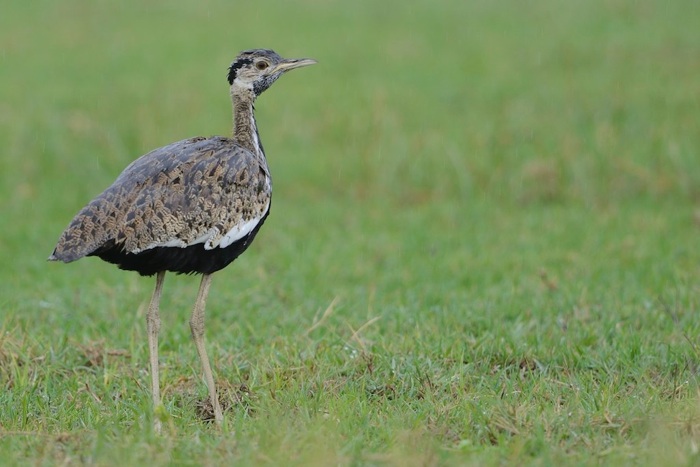
Black-bellied Bustard, Lissotis melanogaster
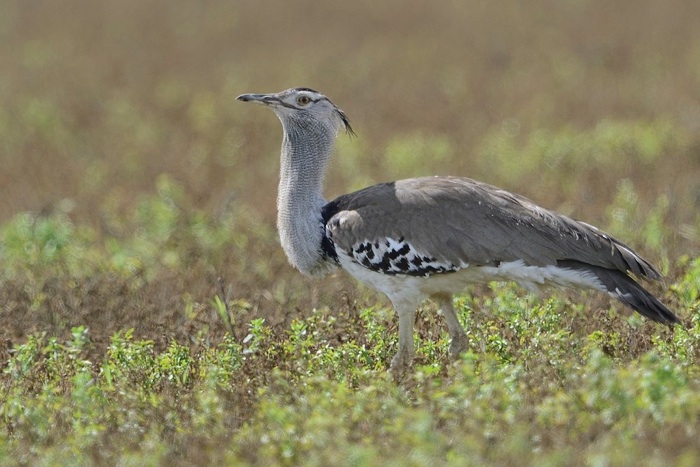
Kori Bustard, Ardeotis kori
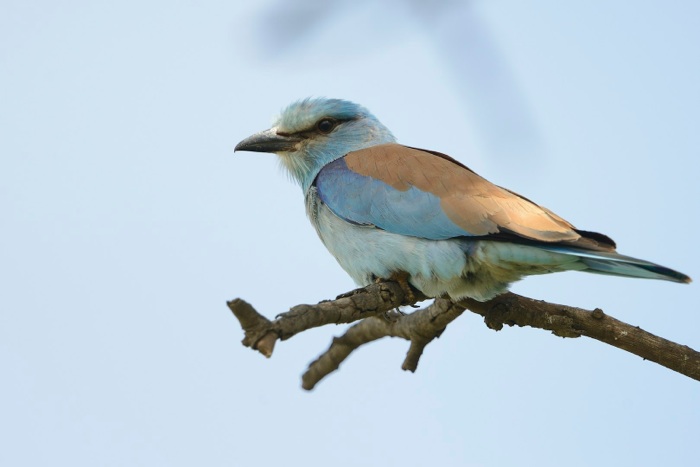
European Roller, Coracias garrulus
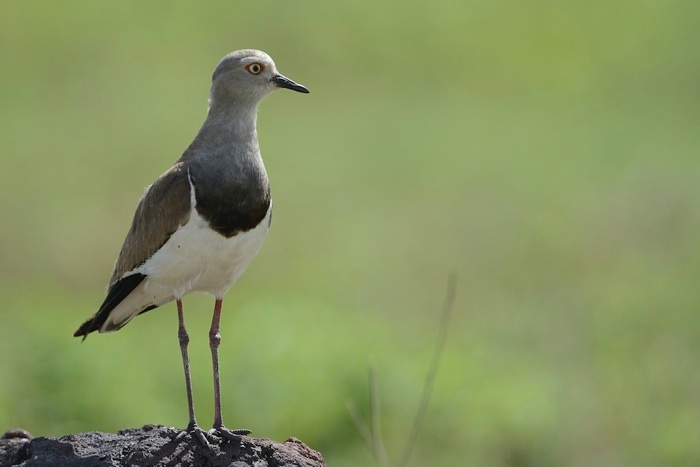
Black-winged Lapwing, Vanellus melanopterus
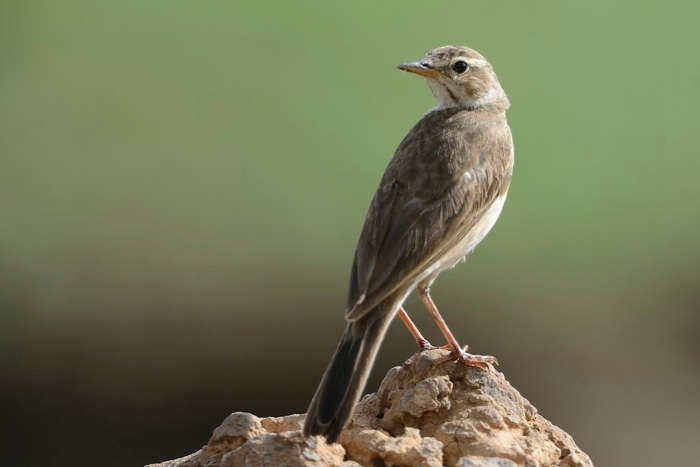
Plain-backed Pipit, Anthus leucophrys
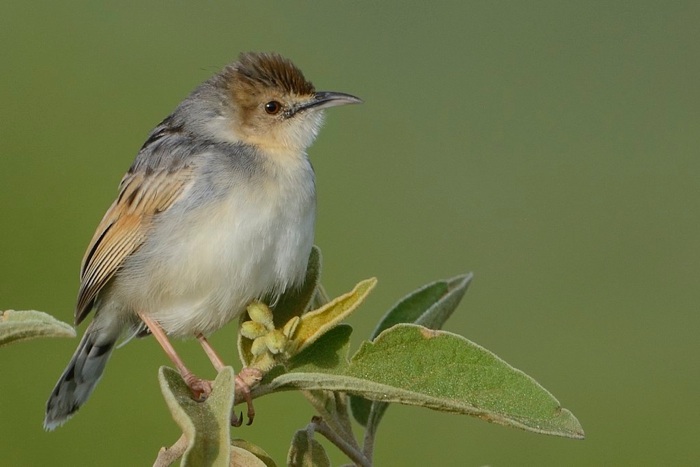
Winding Cisticola, Cisticola marginatus
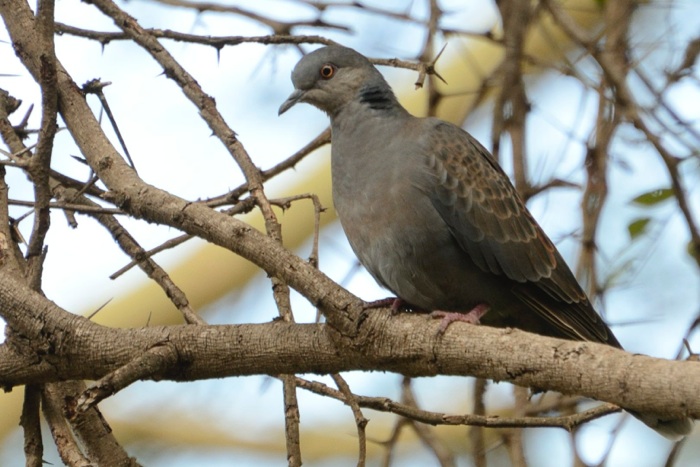
Dusky Turtle-Dove, Streptopelia ligens - Lifer
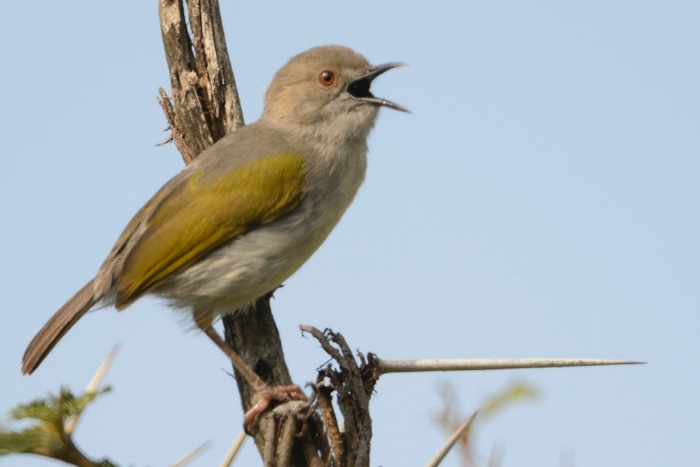
Grey-backed Cameroptera, Cameroptera brevicaudata
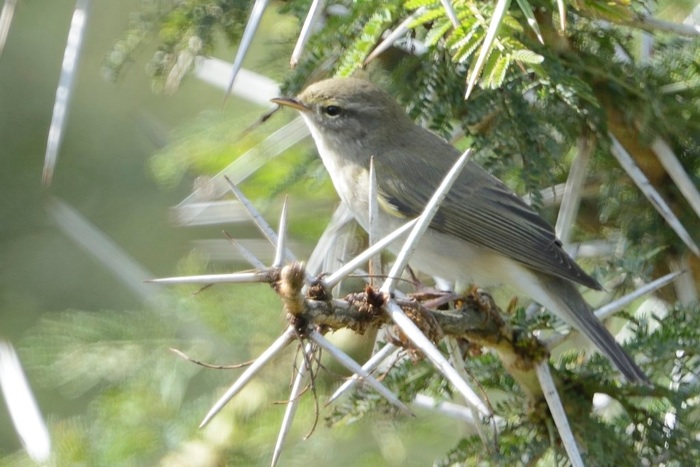
Willow Warbler, Phylloscopus trochilus
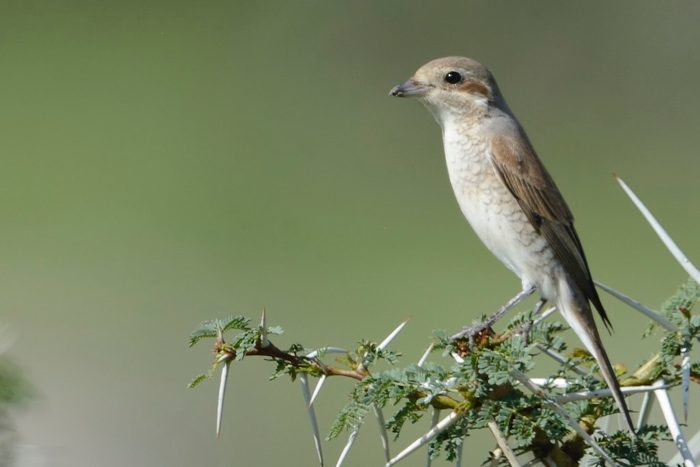
Red-backed Shrike (female), Lanius collurio
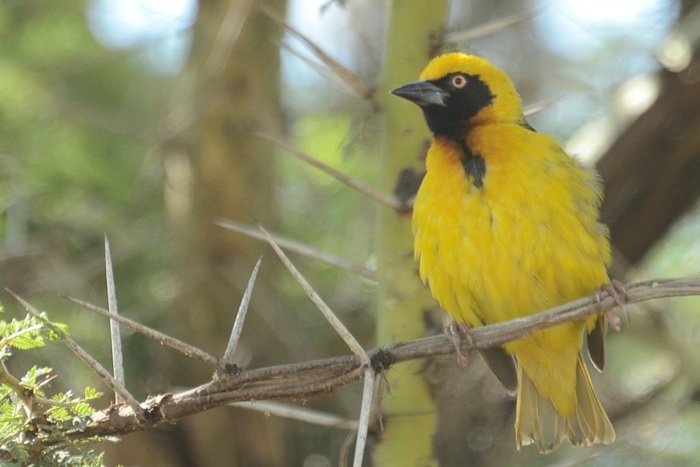
Speke´s Weaver, Ploceus spekei
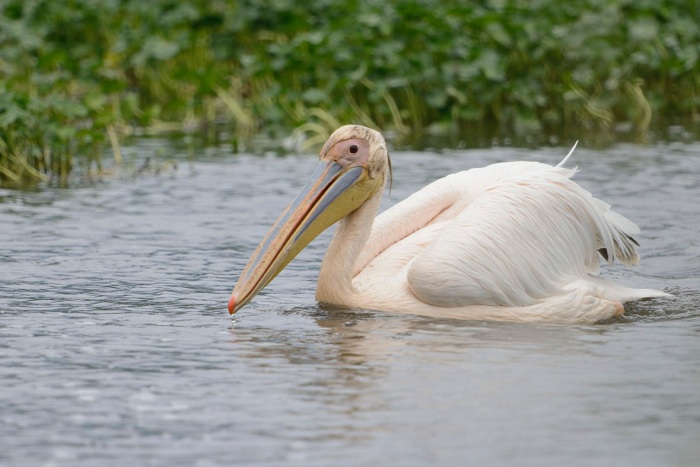
Great White Pelican, Pelecanus onocrotalus
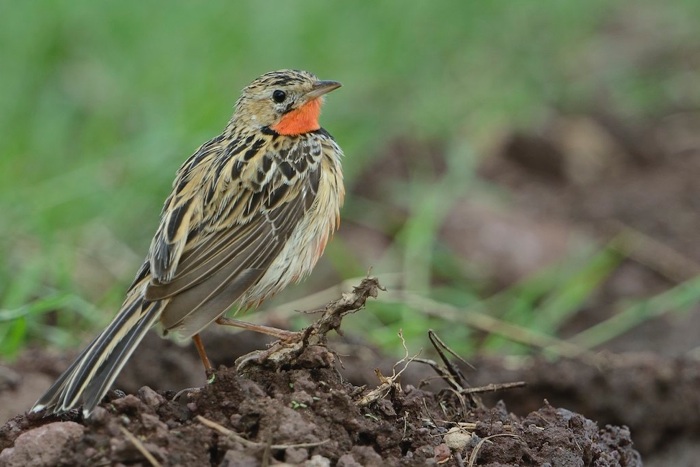
Rosy-throated Longclaw, Macronyx ameliae
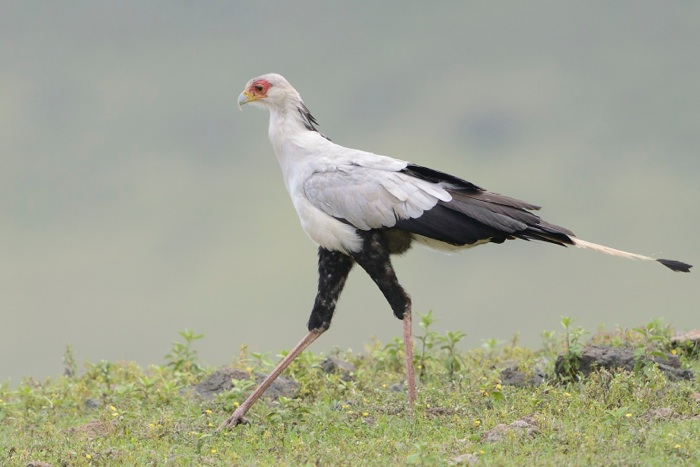
Secretarybird, Saggitarius sepentarius
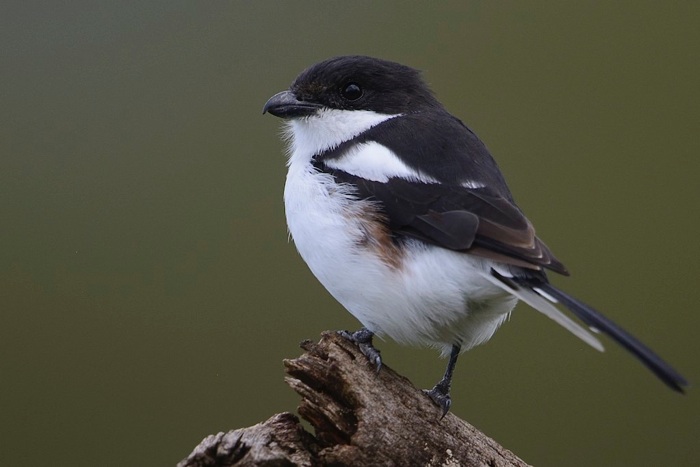
Northern Fiscal, Lanius humeralis - Lifer
